DEJA REVIEW
Pathology
NOTICE Medicine is an ever-changing science. As new research and clinical experience broaden our knowledge, changes in treatment and drug therapy are required. The authors and the publisher of this work have checked with sources believed to be reliable in their efforts to provide information that is complete and generally in accord with the standards accepted at the time of publication. However, in view of the possibility of human error or changes in medical sciences, neither the authors nor the publisher nor any other party who has been involved in the preparation or publication of this work warrants that the information contained herein is in every respect accurate or complete, and they disclaim all responsibility for any errors or omissions or for the results obtained from use of the information contained in this work. Readers are encouraged to confirm the information contained herein with other sources. For example and in particular, readers are advised to check the product information sheet included in the package of each drug they plan to administer to be certain that the information contained in this work is accurate and that changes have not been made in the recommended dose or in the contraindications for administration.
This recommendation is of particular importance in connection with new or infrequently used drugs.
DEJA REVIEW
Pathology
Second EditionJessica L. Davis, MD Resident, Department of Pathology
University of California, San Francisco
San Francisco, California;
Oregon Health & Science University
School of Medicine
Portland, Oregon
Class of 2010
Emily E. King, MD, MPH Resident, Department of Pathology
Brigham and Womens Hospital
Boston, Massachusetts;
Oregon Health & Science University
School of Medicine
Portland, Oregon
Class of 2010


Copyright 2010, 2007 by The McGraw-Hill Companies, Inc. All rights reserved. Except as permitted under the United States Copyright Act of 1976, no part of this publication may be reproduced or distributed in any form or by any means, or stored in a database or retrieval system, without the prior written permission of the publisher.
ISBN: 978-0-07-173677-0 MHID: 0-07-173677-8 The material in this eBook also appears in the print version of this title: ISBN: 978-0-07-162714-6, MHID: 0-07-162714-6. All trademarks are trademarks of their respective owners. Rather than put a trademark symbol after every occurrence of a trademarked name, we use names in an editorial fashion only, and to the benefit of the trademark owner, with no intention of infringement of the trademark. Where such designations appear in this book, they have been printed with initial caps. McGraw-Hill eBooks are available at special quantity discounts to use as premiums and sales promotions, or for use in corporate training programs. TERMS OF USE This is a copyrighted work and The McGraw-Hill Companies, Inc. (McGraw-Hill) and its licensors reserve all rights in and to the work. (McGraw-Hill) and its licensors reserve all rights in and to the work.
Use of this work is subject to these terms. Except as permitted under the Copyright Act of 1976 and the right to store and retrieve one copy of the work, you may not decompile, disassemble, reverse engineer, reproduce, modify, create derivative works based upon, transmit, distribute, disseminate, sell, publish or sublicense the work or any part of it without McGraw-Hills prior consent. You may use the work for your own noncommercial and personal use; any other use of the work is strictly prohibited. Your right to use the work may be terminated if you fail to comply with these terms. THE WORK IS PROVIDED AS IS. McGRAW-HILL AND ITS LICENSORS MAKE NO GUARANTEES OR WARRANTIES AS TO THE ACCURACY, ADEQUACY OR COMPLETENESS OF OR RESULTS TO BE OBTAINED FROM USING THE WORK, INCLUDING ANY INFORMATION THAT CAN BE ACCESSED THROUGH THE WORK VIA HYPERLINK OR OTHERWISE, AND EXPRESSLY DISCLAIM ANY WARRANTY, EXPRESS OR IMPLIED, INCLUDING BUT NOT LIMITED TO IMPLIED WARRANTIES OF MERCHANTABILITY OR FITNESS FOR A PARTICULAR PURPOSE.
McGraw-Hill and its licensors do not warrant or guarantee that the functions contained in the work will meet your requirements or that its operation will be uninterrupted or error free. Neither McGraw-Hill nor its licensors shall be liable to you or anyone else for any inaccuracy, error or omission, regardless of cause, in the work or for any damages resulting therefrom. McGraw-Hill has no responsibility for the content of any information accessed through the work. Under no circumstances shall McGraw-Hill and/or its licensors be liable for any indirect, incidental, special, punitive, consequential or similar damages that result from the use of or inability to use the work, even if any of them has been advised of the possibility of such damages. This limitation of liability shall apply to any claim or cause whatsoever whether such claim or cause arises in contract, tort or otherwise. To my family, Matthew, Christina, Jon, Mom, and Dad, whose love and encouragement are ever present, allowing me to take on new challenges knowing they are always there to support me.
To my friend, Emily, thank you for tackling this adventure with memay we collaborate again together.
JessicaTo my family and friends without whose patience, support, and understanding my contributions to this edition would not have been possible. And especially to Jessica, it has been wonderful having a friend for a collaborator, your work ethic and enthusiasm motivate me often, thank you.
Emily
Contents
Faculty Reviewer
Terry K. Morgan, MD, PhD Department of Pathology
Assistant Professor of Pathology and Obstetrics & Gynecology
Director of Placental Pathology and the Cytopathology Fellowship Program
Heart Research Center Scientist
Oregon Health & Science University
Portland, Oregon
Student ReviewersPete Pelletier, M(ASCP) University of Utah
School of Medicine
Class of 2010
Sheree Perron Eastern Virginia Medical School
Class of 2010
Robert Nastasi SUNY Upstate Medical University
Class of 2009
Preface
The
Dj Review series is a unique resource that has been designed to allow you to review the essential facts and determine your level of knowledge on subjects tested on Step 1 of the United States Medical Licensing Examination (USMLE). This second edition of
Dj Review: Pathology is designed for the students as a compact yet high-yield review of major pathophysiologic and histopathologic concepts which make up a large percentage of USMLE Step 1 questions and which will contribute to overall mastery of this subject matter.
ORGANIZATION
There are multiple ways of approaching the broad topic of pathology. We have included chapters on broad topics which inherently fall under the domain of pathology: biochemistry, microbiology, and chromosomal/genetic disorders.
The chapter on radiology has been expanded, and we have emphasized the inherent overlap between these two specialties. For the remaining chapters, we have attempted to integrate two organizational approaches in this second edition: organ system based and process based. As in the first edition, chapters are organized by organ system. New in this second edition, chapters are further subdivided by process (ie, neoplastic, inflammatory, infectious). We believe that this organizational approach will appeal to many different learning preferences. The question and answer format has several important advantages:
Next page
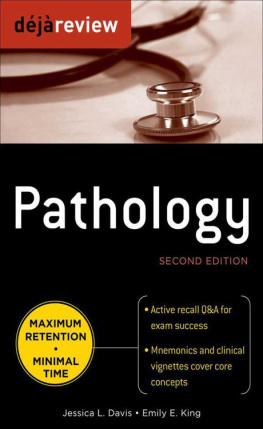


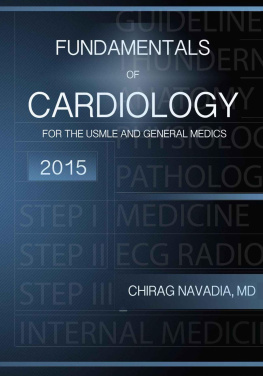
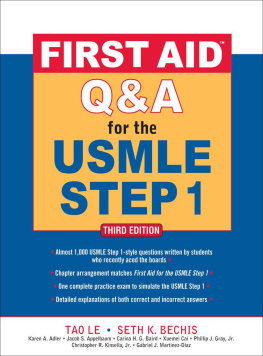

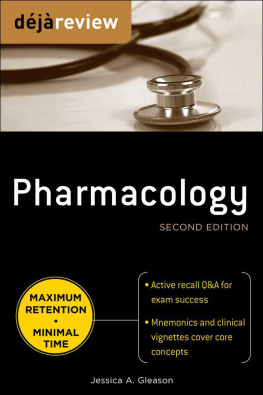
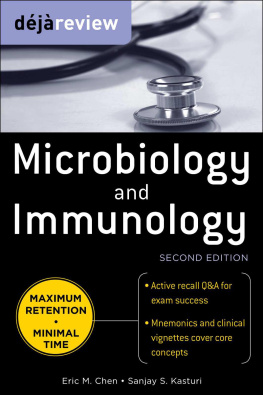

 Copyright 2010, 2007 by The McGraw-Hill Companies, Inc. All rights reserved. Except as permitted under the United States Copyright Act of 1976, no part of this publication may be reproduced or distributed in any form or by any means, or stored in a database or retrieval system, without the prior written permission of the publisher.
Copyright 2010, 2007 by The McGraw-Hill Companies, Inc. All rights reserved. Except as permitted under the United States Copyright Act of 1976, no part of this publication may be reproduced or distributed in any form or by any means, or stored in a database or retrieval system, without the prior written permission of the publisher.